Uni-T UT71E Bruksanvisning
Uni-T
Multimeter
UT71E
Läs gratis den bruksanvisning för Uni-T UT71E (73 sidor) i kategorin Multimeter. Guiden har ansetts hjälpsam av 57 personer och har ett genomsnittsbetyg på 3.9 stjärnor baserat på 29 recensioner. Har du en fråga om Uni-T UT71E eller vill du ställa frågor till andra användare av produkten? Ställ en fråga
Sida 1/73

P/N:110401111273X
DATE:2022.8.18
REV.3
Produktspecifikationer
| Varumärke: | Uni-T |
| Kategori: | Multimeter |
| Modell: | UT71E |
| Produkttyp: | Digital multimeter |
| Vikt: | 384 g |
| Grundläggande noggrannhet (växelström): | 0.5%+15 |
| Grundläggande noggrannhet (växelspänning): | 0.4%+30 |
| Grundläggande noggrannhet (kapacitans): | 1%+20 |
| Grundläggande noggrannhet (frekvens): | 0.01%+8 |
| Grundläggande noggrannhet (motstånd): | 0.3%+8 |
| Diodtest: | Ja |
| Grundläggande noggrannhet (likström): | 0.08%+8 |
| Produktstorlek (BxDxH): | 93 x 40 x 200 mm |
| DC-spänningsområde: | 0.4 - 1000 V |
| AC-spänningsområde: | 4 - 1000 V |
| Kapacitansområde: | 40 - 40000 nF |
| Frekvensområde: | 0.04 - 40000 kHz |
| Batterispänning: | 9 V |
| Displaytyp: | LCD |
| Indikator för låg batterinivå: | Ja |
| DC strömområde: | 0.4 - 10 A |
| AC-strömområde: | 0.4 - 10 A |
| Grundläggande noggrannhet (likspänning): | 0.025%+5 |
| Intervall för temperaturmätning: | -40 - 1000 ° C |
| Statistik funktion: | Maximum, Minimum |
| Data håller: | Ja |
Behöver du hjälp?
Om du behöver hjälp med Uni-T UT71E ställ en fråga nedan och andra användare kommer att svara dig
Multimeter Uni-T Manualer
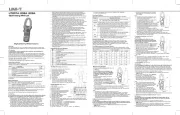
10 September 2025
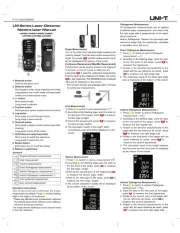
10 September 2025
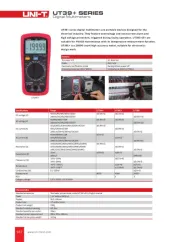
10 September 2025
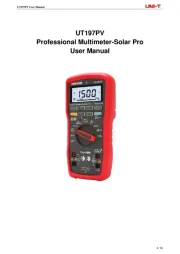
6 Augusti 2025

19 Juni 2025

18 Juni 2025

18 Juni 2025
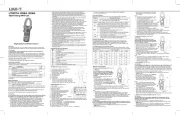
18 Juni 2025
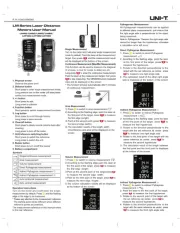
18 Juni 2025

16 Juni 2025
Multimeter Manualer
- Profile
- Gembird
- Powerfix
- Perel
- Elma
- Keithley
- Clas Ohlson
- Beha-Amprobe
- Alecto
- Testboy
- Velleman
- MGL Avionics
- Brennenstuhl
- Noyafa
- Projecta
Nyaste Multimeter Manualer
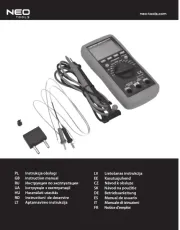
20 Oktober 2025
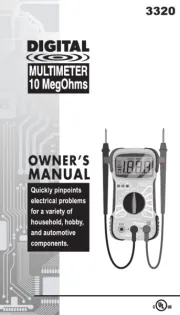
13 Oktober 2025
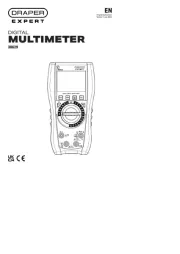
7 Oktober 2025
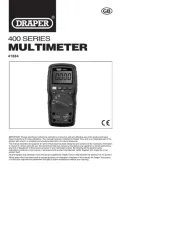
7 Oktober 2025
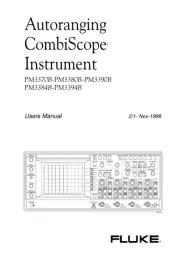
26 September 2025

26 September 2025
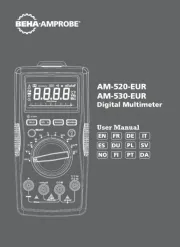
26 September 2025
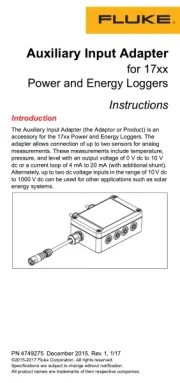
26 September 2025
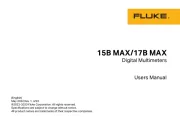
26 September 2025
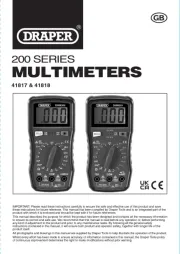
26 September 2025